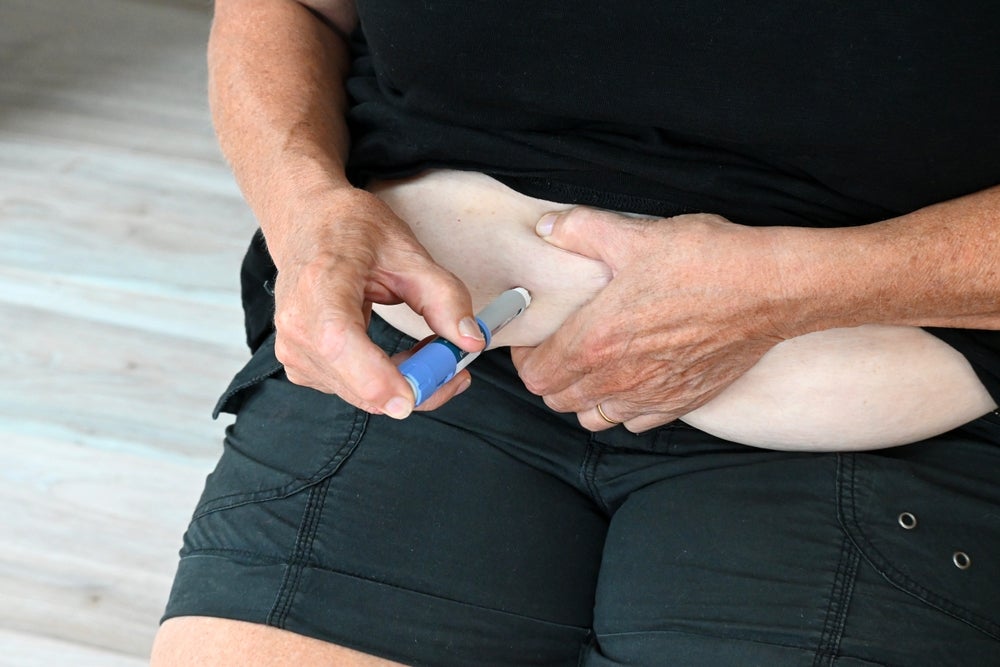AstraZeneca and Amgen have reported positive results from a pivotal, multi-arm Phase III AMAGINE-3 trial evaluating two doses of brodalumab in more than 1,800 patients with moderate-to-severe plaque psoriasis.
The Phase III AMAGINE-3 trial evaluated the safety and efficacy of brodalumab given at two doses every two weeks through subcutaneous injection, compared with placebo and Stelara in patients with moderate-to-severe plaque psoriasis.
The Phase III trial of brodalumab met its primary endpoints when compared with both Johnson & Johnson’s Stelara (ustekinumab) and placebo at week 12.
AstraZeneca executive vice-president of Global Medicines Development and chief medical officer Dr Briggs Morrison said: "These results add to the growing body of evidence supporting the potential value that brodalumab may bring to the treatment of psoriasis by targeting the IL-17 receptor."
In the trial, brodalumab was shown to be superior to Stelara and achieved the primary endpoint of total clearance of skin disease, as measured by the Psoriasis Area Severity Index (PASI 100).
Compared to placebo, patients treated with brodalumab achieved at least a 75% improvement from baseline in disease severity at week 12, as measured by the PASI 75.
How well do you really know your competitors?
Access the most comprehensive Company Profiles on the market, powered by GlobalData. Save hours of research. Gain competitive edge.

Thank you!
Your download email will arrive shortly
Not ready to buy yet? Download a free sample
We are confident about the unique quality of our Company Profiles. However, we want you to make the most beneficial decision for your business, so we offer a free sample that you can download by submitting the below form
By GlobalDataAt week 12, a significantly greater proportion of patients treated with brodalumab also achieved clear or almost clear skin compared with placebo, according to the static Physician Global Assessment.
The company said that all key secondary endpoints comparing brodalumab with Stelara and placebo were also met.
According to the results, 36.7% of patients in the brodalumab 210mg group, 27% of patients in the brodalumab 140mg group, 18.5% of patients in the Stelara group and 0.3% of patients in the placebo group, achieved total clearance of skin disease as per PASI 100.
Additionally, 85.1% of patients in the brodalumab 210mg group, 69.2% of patients in the brodalumab 140mg group, 69.3% of patients in the Stelara group and 6% of patients in the placebo group, achieved PASI 75.
The most common adverse events that occurred in the brodalumab arms were common cold, joint pain, upper respiratory tract infection and headache.
Dr Morrison added: "We look forward to sharing results later this year from AMAGINE-2, our remaining head-to-head study evaluating brodalumab versus Stelara."







